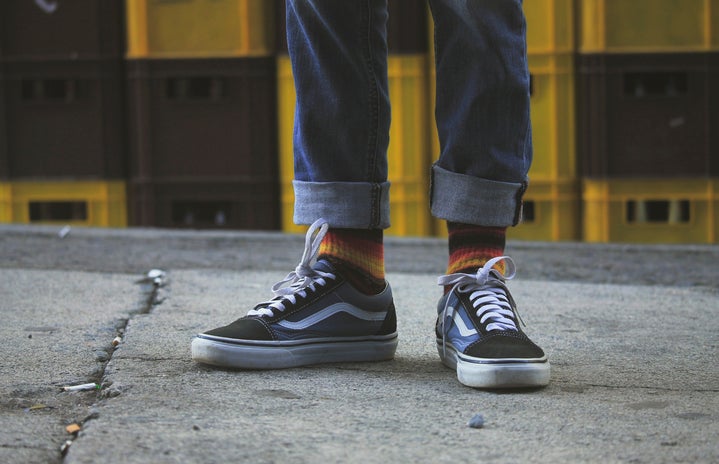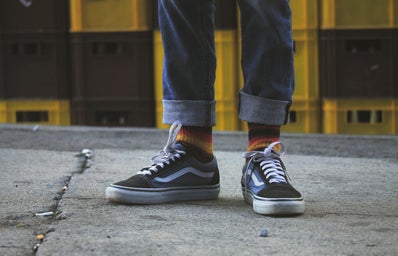In a college environment, thrifting is not an uncommon practice. It is affordable and convenient for those on a budget, while also making it easy to be fashionable, as the current trends reflect those of the ’90s. Thrifting has a deeper value than just fashionable finds for cheap. It is a practice that is at the core of human history and creates a wave of greater benefits beyond the buyers closet.
Fashion has always been at the center of society. Historically, clothes have been a method of showing off the rank, defining a personal brand, or, for many women, expressing oneself creatively. However, these uses of clothes were traditionally only for the rich. The working classes did not have the luxury of self-expression through clothing, and clothes were not something to be acquired every few weeks. Clothes were often hand-me-downs from previous generations. They were used until unusable, in which case they were sold to be reused. New clothes were rarely purchased. Now, fashionable pieces are everywhere for a small price, and clothes shopping is no longer a rarity. Fashion is finally an accessible art form, but is its accessibility worth its pitfalls?
Fast fashion is a phrase which has been used heavily in the vernacular as of recent. It means exactly what it says: fashionable pieces produced at expedited speeds for a cheap price. While luxury fashion houses have two design cycles (Fall/Winter, Spring/Summer), fast fashion companies have fifty-two design cycles; one for each week of the year. Companies do not come up with their own designs, they merely copy what was presented on the runway by more prestigious fashion houses. It is not the most ethical, but in the practices of fast fashion, it is only a beginning to a wholly unethical method.
In order for clothing to be made, raw materials must be harvested. Those employed to do the job are usually not compensated fairly, nor are their basic human rights respected. After raw materials are harvested, they need to be made into fabric. Again, highly specialized workers are required, yet in most cases, they are not properly paid. Fast fashion corporations choose the factories they contract wisely. In order to sell their products at the lowest cost to the consumer and still make a profit, companies must cut costs in production. Thus, workers are paid little to nothing and quality of materials are second-rate. Many of the clothes created are not meant to last, therefore creating the cycle of fast fashion.
The love of accessible and cheap clothes also has an environmental impact, as well. Much of the bleach and dye used to color cloth is not contained well. It runs off into the water system, polluting waterways and killing wildlife. Fashion is not the first thought of many when considering industries that damage the environment, but it is one of the top pollutants today.
So, after all of that information, why not thrift? The clothes you thrift may not have been ethically made, but you are not using your money to support someone currently creating clothing unethically. For as long as the free market has existed, humans have exploited workers. However, by buying second-hand items, you are voting with your money. You are choosing not to support bigger businesses who damage fellow humans and the environment. You are making a difference, and showing that people and the planet are worth more than fleeting trends.
If you are interested in this topic, here is some further reading:
https://www.unenvironment.org/news-and-stories/blog-post/why-fast-fashio…
https://goodonyou.eco/what-is-fast-fashion/
https://www.npr.org/series/174306932/the-fast-world-of-fast-fashion



